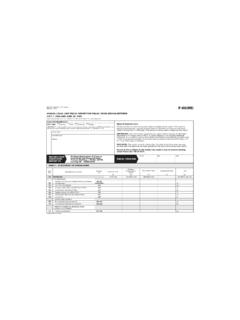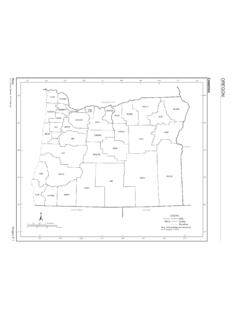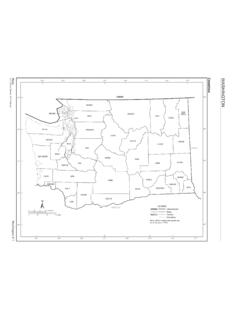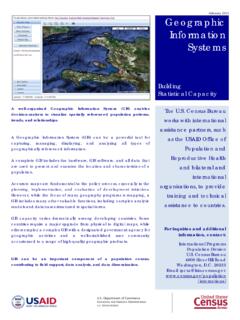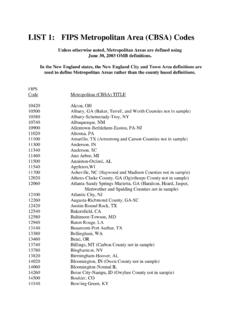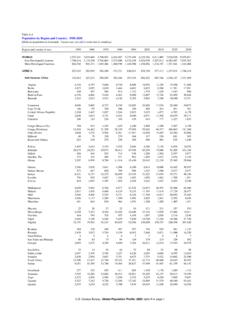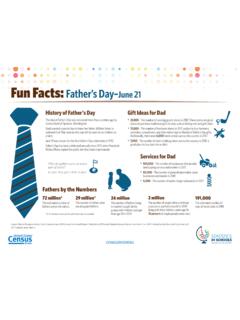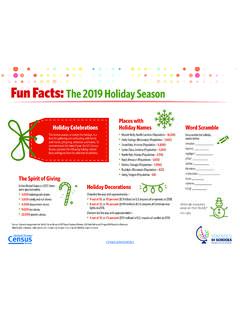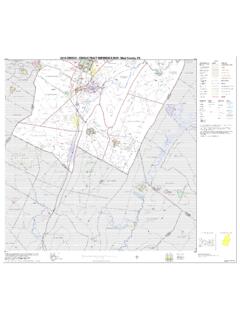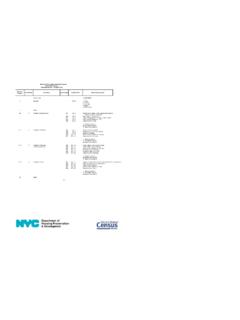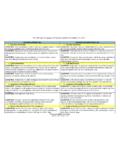Transcription of Missouri Compromise – Free vs. Slave States (Teacher Version)
1 Missouri Compromise . FREE VS. Slave States . TEACHER VERSION. Subject Level: Learning Objectives: Middle School History Students will be able to explain American sectionalism in the early 1800s. Grade Level: Students will be able to cite the parameters of the Missouri Compromise and evaluate its effectiveness. 7-8. Approx. Time Required: 60 minutes Missouri Compromise FREE VS. Slave States TEACHER VERSION. Activity Description The purpose of this activity is to introduce students to the Missouri Compromise and the issues associated with the expansion of slavery in the Antebellum period of United States history.
2 Students will begin the activity by creating a map that represents the Missouri Compromise 's impact on the United States . This map will serve as a backdrop for the activity while introducing students to political and cultural sectionalism (northern and southern States and the issue of slavery) in the early 1800s. After students complete the map, they will answer several questions using it. Students will also be prompted to examine aggregated data from the 1820 Census and a map titled Mapping Slavery in the Nineteenth Century to make comparisons and draw conclusions about slavery, specifically in Missouri .
3 Suggested Grade Level: Approximate Time Required: 7 8 60 minutes Learning Objectives: Students will be able to explain American sectionalism in the early 1800s. Students will be able to cite the parameters of the Missouri Compromise and evaluate its effectiveness. Topics: Skills Taught: Missouri Compromise Analyzing historical Slavery records Comparing and contrasting Drawing conclusions Making inferences HISTORY | PAGE 1. Missouri Compromise FREE VS. Slave States TEACHER VERSION. Materials Required: The student version of this activity, 11 pages Colored pencils Activity Items The following items are a part of this activity.
4 Items, their sources, and any relevant instructions for viewing them online appear at the end of this teacher version. Item 1: Apportionment Legislation (An Act Apportioning Seats for Maine, 1820). Item 2: The Missouri Compromise , 1820 Blank Map Including Missouri Item 3: Mapping Slavery in the Nineteenth Century Item 4A: Information From the 1820 Census To download the document, click on the link on item 4A, then Census of Population and Housing, 1820, then Full Document. Once it downloads, open the folder, click on , and go to Page 5 of the PDF.
5 Item 4B: Table of Enslaved Population in Missouri This table includes data from Item 4A in a more readable version. For more information to help you introduce your students to the Census Bureau, read Census Bureau 101 for Students. This information sheet can be printed and passed out to your students as well. standards Addressed See charts below. For more information about the standards , read Overview of Education standards and Guidelines Addressed in Statistics in Schools Activities.. Common Core State standards for english language arts & Literacy in History/Social Studies, Science, and Technical Subjects Standard Strand Cluster RH 6 8 History/Social Key Ideas and Details Cite specific textual evidence to support analysis of Studies primary and secondary sources.
6 RH 6 8 History/Social Integration of Knowledge Integrate visual information ( , in charts, graphs, Studies and Ideas photographs, videos, or maps) with other information in print and digital texts. HISTORY | PAGE 2. Missouri Compromise FREE VS. Slave States TEACHER VERSION. UCLA National standards for History: History Content standards Era Standard 4 Expansion and Reform Standard 3B: Explain the Missouri Compromise and evaluate its political (1801 1861) consequences. [Identify issues and problems in the past.]
7 ]. UCLA National standards for History: Historical Thinking standards Standard Description 1 Chronological Thinking Distinguish between past, present, and future time. Students will create a map of the United States circa 1820. Connections to the political geography of the United States before and after this era will be easy to discern. 2 Historical Comprehension Draw upon data in historical maps. Students will create a map of the Missouri Compromise and answer several questions using it. Utilize visual and mathematical data.
8 Students will use a data table and population density map to calculate and draw conclusions about the enslaved population of Missouri . 3 Historical Analysis and Compare and contrast differing sets of ideas. Students will compare the Interpretation sets of values of the northern and southern States regarding slavery. 4 Historical Research Employ quantitative analysis. Students will examine population density in Capabilities Missouri and compare these data with data for other southern States . Data for northern and southern States will be compared as well.
9 Bloom's Taxonomy Students will identify parameters of the Missouri Compromise and evaluate its effectiveness and sustainability. Creating Evaluating Analyzing Applying Understanding Remembering HISTORY | PAGE 3. Missouri Compromise FREE VS. Slave States TEACHER VERSION. Teacher Notes Before the Activity Teachers must show students the map found at and review the labels and color key with students prior to the activity. Students must understand the following key terms: Compromise Manifest Destiny Popular sovereignty Students should have a basic understanding of the following ideas and concepts: Slavery, and the belief system that governed the northern and southern States on the issue of slavery Locations of States east of the Mississippi River The apportionment legislation that led to the Missouri Compromise .
10 Refer to Item 1: Apportionment Legislation (An Act Apportioning Seats for Maine, 1820), at , for more information During the Activity Teachers may want to give students additional information on the Missouri Compromise and its history from this page: After the Activity Students should be able to answer this essential question: In a nation divided on the issue of slavery and its existence in new territories and States , how did the United States expand its borders while keeping peace between its northern and southern regions?
